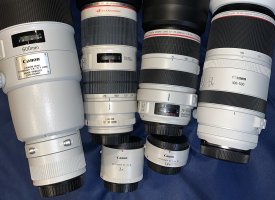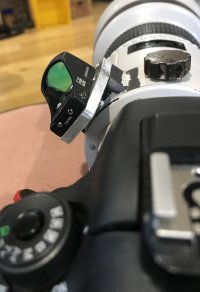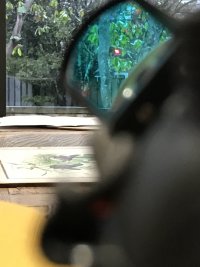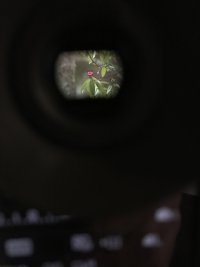The 14-35 relies on software correction and costs a ridiculous amount of money for an f4, same with the 70-200. But, unlike the 100-500 they’re the same aperture, much better IQ and AF and they’re tiny. I think the 70-200 f2.8 is priced insanely , but less insane than the new f4 lenses. A RF 70-200 f4 here costs more than a used 200 f2. The EF 70-200 f4 L IS II costs $1650 and the RF 70-200 f4 L costs $2650, I don’t understand how the pricing makes sense. To me at least I would like something that feels of significantly higher value when the prices are so high. I think the RF 50 L and RF 85 L are too expensive, but they feel more worth it comparing it to their EF counterpart, none of the other RF- L’s do…The EF 100-400 L II is a stable member in the bag of many photojournalists, landscape, wildlife, etc. photographers. When they are shooting action in low light, it is probably not their weapon of choice.
This new RF 100-500 L offers better quality, better flexibility, better portability, better stabilisation, higher magnification, less focus breathing. It will cost quite a bit more, inevitably, because that's what's called progress against an older, discounted lens and also increased manufacturing and development costs.
It's the exact same story with the RF 14-35 etc. etc. newer, better, considerably more expensive (and despite it's high cost, it will be difficult to get for many months).
Comparing it against 400/2.8 and the like is completely pointless. They serve a completely different purpose and there is a need for both.
Upvote
0




